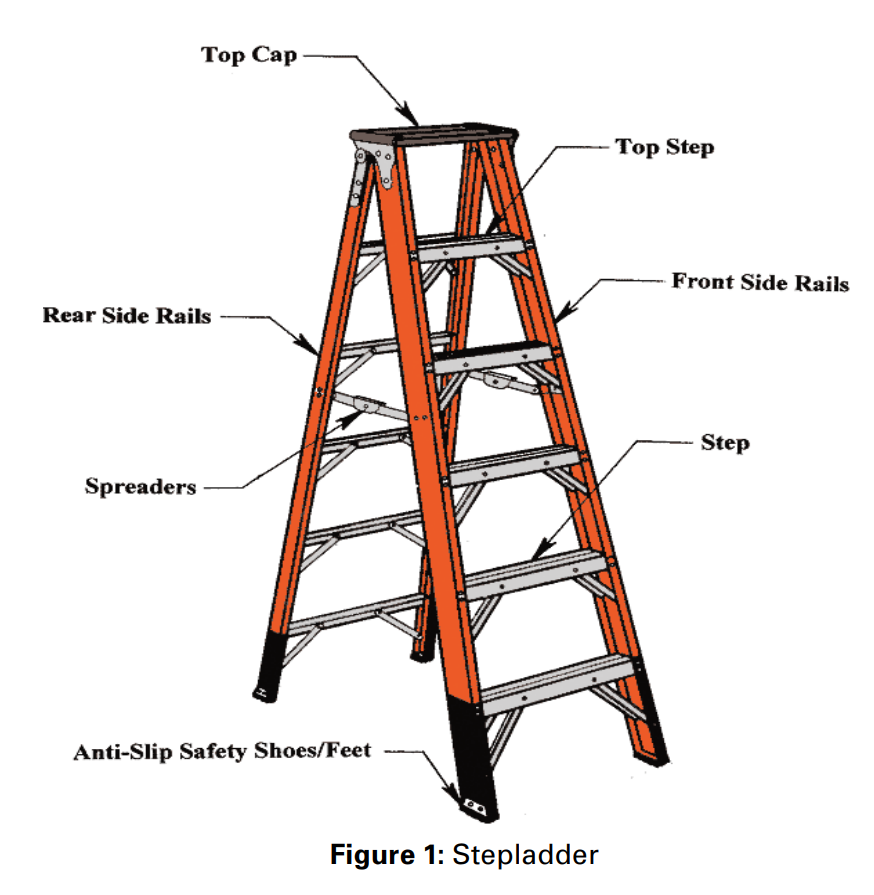EPA Registers Air Sanitizer That Kills Viruses
On September 30, 2022, the Environmental Protection Agency (EPA) registered the first ever product for use against bacteria and viruses in air in residential and commercial areas. It is a 14% dipropylene glycol aerosol product. Below is the approved master label / instructions for use.
To kill Bacteria and Viruses in the Air (and Eliminate Odors): Shake well before each use. Close or cover all doors, windows, air vents and returns. Only the user should be present during use. Hold can upright and continuously spray for 30 seconds towards the center of room and ceiling in a sweeping motion (back and forth) (left and right). Room size defined as [10ft x 10ft x 8ft or 800 cubic ft.]. To kill bacteria after spraying, leave room for 4 minutes. To kill viruses after spraying, leave room for 12 minutes. After contact time, resume normal room ventilation including opening doors, windows and uncovering returns and vents. Not for use around food. Rinse food contact surfaces with potable water after use. Spray may leave hard floors slippery. Do not concentrate spray over hard floors.
For spaces 801 to 4,000 cubic ft., repeat the directions for use by spraying in the center of each 800 cubic ft. section, not to exceed 5 sprays per day.
Product is for application to air only with no residual effect after room is reopened. This product is intended to supplement public health guidelines for indoor air including maintenance and ventilation.
Why is this registration so interesting?
1. It is the first air sanitizer registered with virucidal efficacy claims, and they’re strong, broad claims like “Kills 99.9% of airborne viruses.”
2. The claims are based on the use of MS2 bacteriophage as a surrogate. Microchem runs MS2 studies in its aerosol chamber routinely and has been an advocate of the use of MS2 as human viral surrogate for air testing for nearly a decade.
3. The Gram-negative bacterium used for the bacterial base claims was Klebsiella pneumoniae, a respiratory pathogen. Studies on aerosolized respiratory pathogens are inherently dangerous. Microchem would like to see a safer option for Gram-negative bacteria developed in the future.
4. The testing was conducted in the industry standard room-sized aerosol chamber.
5. EPA seems to be allowing claims for sanitization of larger air volumes by extrapolation based on serial use of the product. Since air is so fluid and large-volume treatments happen sequentially, this concept may warrant further scientific evaluation.
6. The contact time for viruses was 12 minutes, suggesting EPA is open to longer contact times for viral claims.
7. The method used for testing remains to be divulged by EPA.
The registration of this product has caused a stir within the antimicrobial industry. We expect a great deal of air sanitizer work to ensue, especially after EPA delivers its upcoming air sanitizer guidance.
For question about bioaerosol testing, air sanitizers, or recent public developments in the area, please reach out to Microchem or send a note to contact@microchemlab.com
This post is courtesy of Microchem Lab. We appreciate their willingness to share expertise.
[Indoor Health Council recommends covering exposed skin / eyes and not inhaling aerosol.]




